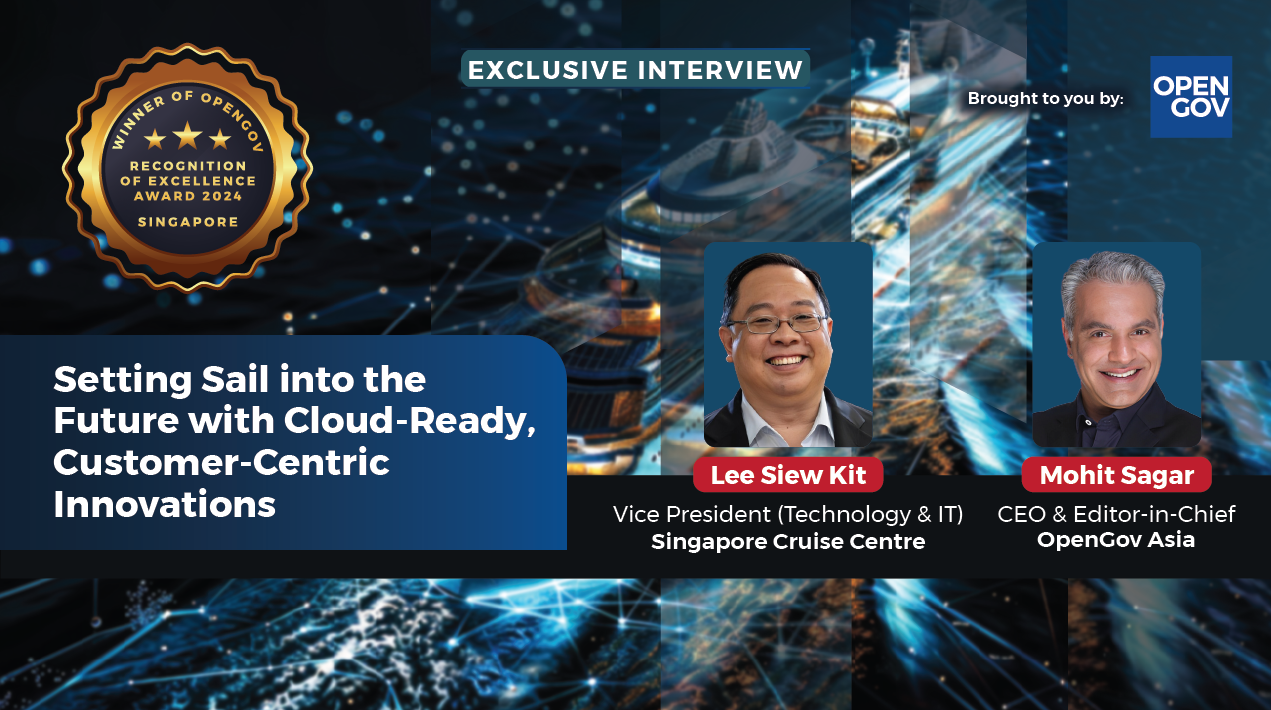
The COVID-19 pandemic and its’s management have spotlighted inequities in healthcare systems across the world, including New Zealand.
Getting out vaccines that promise to bring it to an end to all citizens, on the other hand, highlights another peculiar aspect of this digital era – the distribution of a critical resource as quickly as possible on a massive scale using technology. The rollout has shown how challenging it is to assure equitable delivery of services using digital networks and platforms. Any technological status quo is plainly inequitable and disadvantages those who need the COVID vaccine most urgently.
To protect New Zealand’s population from COVID-19, the nation will require high levels of vaccine coverage. Since the virus has evolved to become more infectious, more people will need to be vaccinated in order to provide the same level of population protection.
One initial major stage is registration. The registration processes being rolled out state-by-state have been difficult for most people to handle on their own especially without a proper registration system. This is upfront and centre for New Zealand as it plans to offer the vaccine to the rest of New Zealand’s adult population (Group 4) starting the end of July.
In light of this, the national booking system has been developed to ease the process and speed up the vaccine rollout. The vaccine system is said to be up online starting from 28 July 2021 to allow people to register their details, so they can ensure they receive an invitation when their age cohort becomes eligible.
The booking system uses a plug-in to the Salesforce-based national COVID-19 immunisation register (CIR). It will allow people to book for their first and second dose of the Pfizer BioNTech vaccine that all New Zealanders will receive and will also allow people to change their booking to another location for the second vaccination if necessary. Digital scheduling will make it easy for people to know when they are eligible and to invite them to book their vaccinations. There will also be mass vaccination events targeted at specific groups such as Māori and Pacific populations and rural communities.
The booking system aims to help let people book appointments for both doses to ensure that everyone can and does go back for the second dose to have full immunisation. This is crucial as data from overseas shows that for new variants, the second dose is really needed for the vaccine to be effective.
Although the system is new and might have some glitch and buffers on the website, the government has assured people that all bugs will be resolved in time for people to use the website before the vaccine date. Improving the vaccine appointment distribution system will be a focus of health officials as they address these issues.
For all nations worldwide, online registration systems seem to be vital for vaccination programme to take place. These systems centre on the premise that the public is engaged and informed about the vaccination process beyond their interaction with primary care. Through features like vaccination reminders and targeted vaccination campaigns, the system will reduce many of the known barriers that influence the vaccination rates.
In light of the global COVID-19 pandemic, adaptive digital public health information systems like the vaccination booking system will be required to guide the rollout in all countries. Health organisations may influence the timelines for delivering vaccines securely, equitably, and rapidly by exploring innovative approaches and utilising technology, which can ultimately save lives and help end the pandemic.
As nations work to stop the pandemic and prepare for any future public health risks, embracing the potential of digital tech, as well as the potential of human ingenuity and strategic alliances, can assist support the continuity and stability of public health and safety in every country.
















